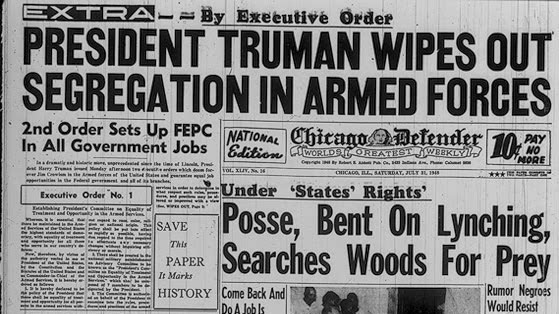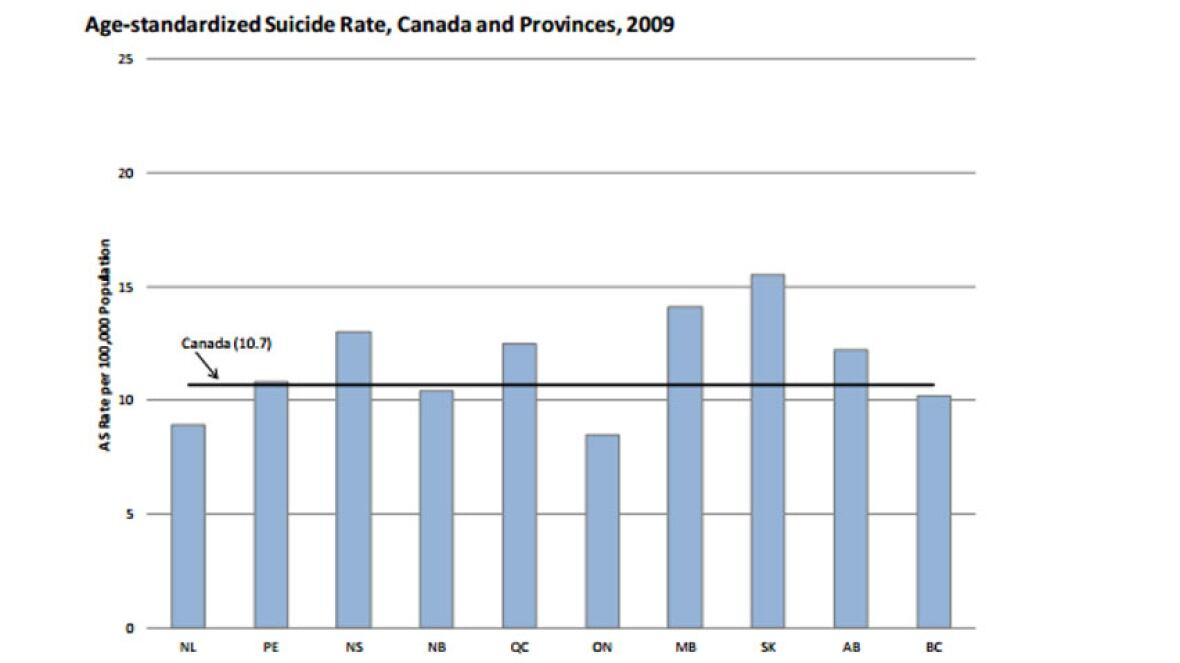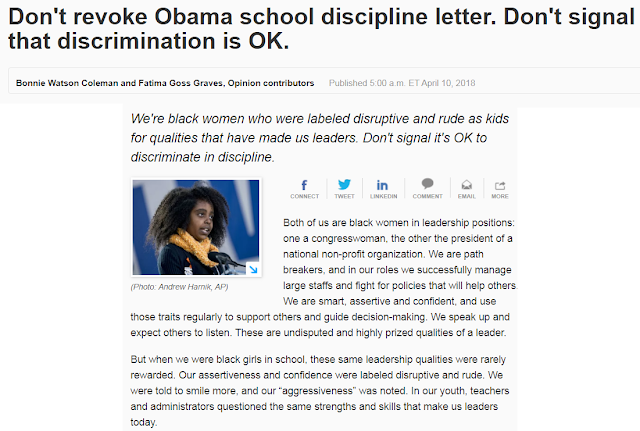The Fall Of School Desegregation Orders: Analysis And Potential Consequences

Table of Contents
The Erosion of Brown v. Board of Education's Legacy
The landmark Supreme Court case Brown v. Board of Education (1954) declared state laws establishing separate public schools for black and white students to be unconstitutional. However, the legacy of Brown v. Board is increasingly under threat due to a multifaceted erosion of desegregation efforts.
Legal Challenges and Judicial Decisions
Numerous legal challenges and judicial decisions have weakened or effectively overturned desegregation orders. The courts have increasingly shown a reluctance to enforce aggressive desegregation plans.
- Milliken v. Bradley (1974): This Supreme Court case limited the power of federal courts to impose desegregation plans across multiple school districts, even if those districts contributed to segregation. This decision effectively allowed for the continuation of de facto segregation.
- Parents Involved in Community Schools v. Seattle School District No. 1 (2007): This case further restricted the use of race as a factor in assigning students to schools, significantly hindering efforts to achieve racial balance.
- Shifting Judicial Interpretation: Over time, the interpretation of desegregation mandates has shifted, with a greater emphasis on individual choice and a diminished focus on systemic solutions to achieve racial integration. This shift has led to a more lenient approach to enforcement and a tacit acceptance of re-segregation.
The legal arguments used to dismantle desegregation plans often centered on claims that such plans are overly burdensome, infringe upon individual rights, or are no longer necessary in a post-Jim Crow era. However, critics argue that these arguments ignore the persistent effects of historical segregation and the ongoing need for proactive measures to achieve racial equality in education.
The Rise of "Separate but Equal" Practices
Despite the official end of legal segregation, subtle but pervasive practices maintain a de facto system of racial segregation in schools.
- Residential Segregation: Highly segregated housing patterns, often driven by historical redlining and ongoing discriminatory practices, contribute significantly to school segregation. Children living in predominantly white neighborhoods attend predominantly white schools, and vice versa.
- School Funding Disparities: Schools in predominantly minority neighborhoods often receive less funding than those in predominantly white neighborhoods, leading to unequal access to resources, qualified teachers, and advanced programs.
- Gerrymandering: Political gerrymandering can manipulate school district boundaries to maintain or exacerbate racial segregation, further entrenching racial disparities in education.
These practices effectively undermine the principles of Brown v. Board of Education by creating a system where students of color are consistently relegated to under-resourced schools with fewer opportunities, perpetuating cycles of poverty and inequality.
The Socioeconomic Factors Driving School Segregation
Socioeconomic factors play a crucial role in the resurgence of racially isolated schools, exacerbating the impact of legal changes and reinforcing existing inequalities.
Residential Segregation and School District Boundaries
The strong correlation between residential segregation and school segregation is undeniable. School district boundaries often reflect and reinforce existing housing patterns.
- Statistics on Racial Segregation in Housing: Data consistently show stark racial disparities in housing patterns, with minority communities often concentrated in specific areas, leading to the clustering of minority students in certain schools.
- School District Lines Reinforce Segregation: The drawing of school district lines can be manipulated to maintain segregated schools, even when residential patterns are not perfectly aligned with district boundaries.
Zoning laws, discriminatory housing policies, and persistent economic disparities contribute significantly to residential segregation, creating a vicious cycle that perpetuates school segregation.
The Impact of Funding Disparities on School Quality
Unequal funding between predominantly white and predominantly minority schools translates directly into disparities in educational resources and opportunities.
- Statistics on School Funding Disparities by Race: Studies consistently reveal significant funding gaps between schools serving predominantly white students and those serving predominantly minority students.
- Unequal Access to Resources: These funding disparities often manifest in unequal access to qualified teachers, advanced technology, extracurricular activities, and other essential resources that contribute to student success.
The cumulative effect of unequal funding is a significant gap in educational attainment and future opportunities for students of color. This disparity perpetuates systemic inequalities, limiting social mobility and economic advancement.
Potential Consequences of the Decline in School Desegregation Orders
The decline in school desegregation orders has far-reaching and potentially devastating consequences for students, schools, and society as a whole.
Educational Achievement Gaps
Re-segregation directly contributes to widening educational achievement gaps between white and minority students.
- Statistics Showing Achievement Gaps by Race: Data consistently show significant disparities in test scores, graduation rates, and college enrollment between white and minority students, largely attributable to unequal access to quality education.
- Long-Term Consequences of Unequal Educational Opportunities: The long-term consequences of unequal educational opportunities include limited access to higher education, lower earning potential, and reduced social mobility for students of color.
The perpetuation of these achievement gaps reinforces systemic inequalities and limits the potential of a significant portion of the population.
Social and Economic Inequality
Increasing school segregation has far-reaching societal implications, impacting social mobility and economic opportunity.
- Correlation Between Educational Attainment and Future Earnings: Educational attainment is strongly correlated with future earnings. The achievement gap translates into a significant disparity in lifetime earnings, further exacerbating existing economic inequalities.
- Impact on Social Cohesion and Interracial Relations: Segregated schools limit opportunities for interracial interaction and understanding, contributing to social fragmentation and potentially fueling racial tensions.
School segregation exacerbates existing social and economic inequalities, perpetuating a cycle of disadvantage for minority communities and undermining the principles of a just and equitable society.
Conclusion
The dismantling of school desegregation orders presents a significant threat to the progress made toward racial equality in education. The legal challenges, socioeconomic factors, and potential consequences discussed above highlight the urgent need for renewed commitment to desegregation and the pursuit of equitable educational opportunities for all students. We must actively fight against the resurgence of de facto segregation and work towards dismantling the systemic barriers that perpetuate racial disparities in our schools. Understanding the fall of school desegregation orders is critical to developing effective strategies to combat racial inequality in education and ensure a more just and equitable future for all. Further research and advocacy are needed to address the ongoing challenges to achieving true school desegregation and to uphold the principles of Brown v. Board of Education. Let us continue to fight for the dismantling of obstacles to equitable education and actively work towards achieving true school desegregation for all.

Featured Posts
-
 Mental Health Claims Low Rates High Costs And The Stigma Barrier
May 03, 2025
Mental Health Claims Low Rates High Costs And The Stigma Barrier
May 03, 2025 -
 Un Violon A L Ecran Retrouvez Mathieu Spinosi Le Matin
May 03, 2025
Un Violon A L Ecran Retrouvez Mathieu Spinosi Le Matin
May 03, 2025 -
 Are School Suspensions More Harmful Than Helpful A Critical Analysis
May 03, 2025
Are School Suspensions More Harmful Than Helpful A Critical Analysis
May 03, 2025 -
 Canadas Youth Mental Health Crisis A Call To Action Based On Global Commission Findings
May 03, 2025
Canadas Youth Mental Health Crisis A Call To Action Based On Global Commission Findings
May 03, 2025 -
 Mejoras Al Sistema Penitenciario Entrega De 7 Nuevos Vehiculos
May 03, 2025
Mejoras Al Sistema Penitenciario Entrega De 7 Nuevos Vehiculos
May 03, 2025
